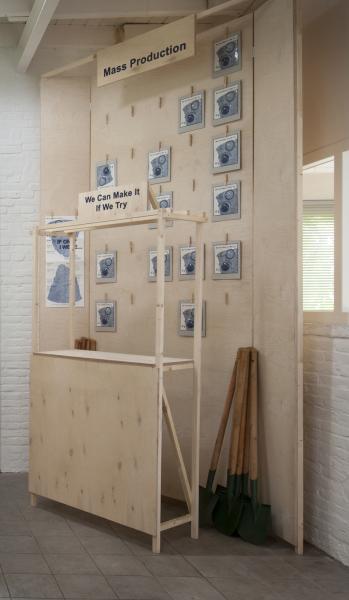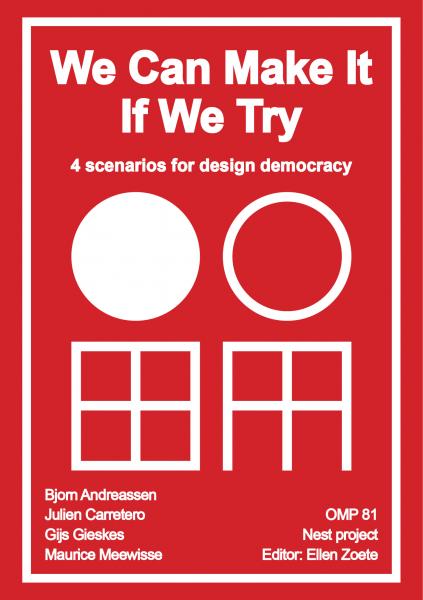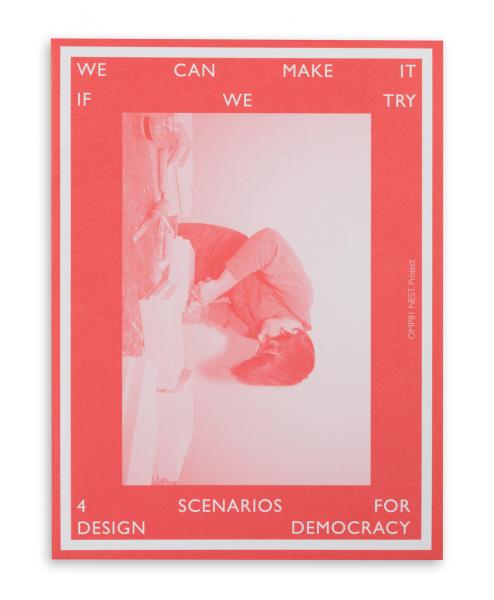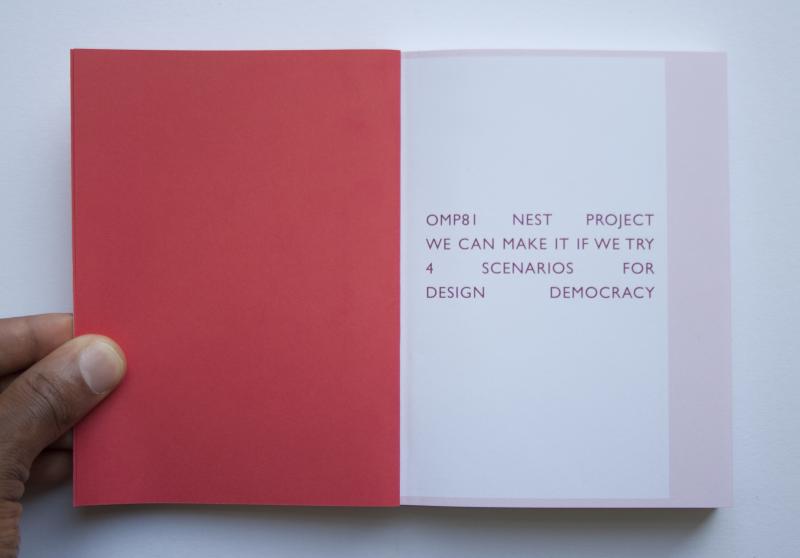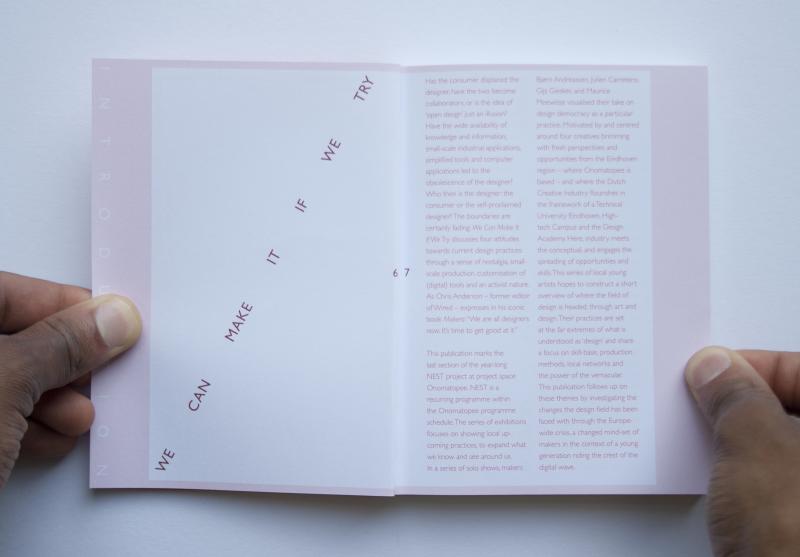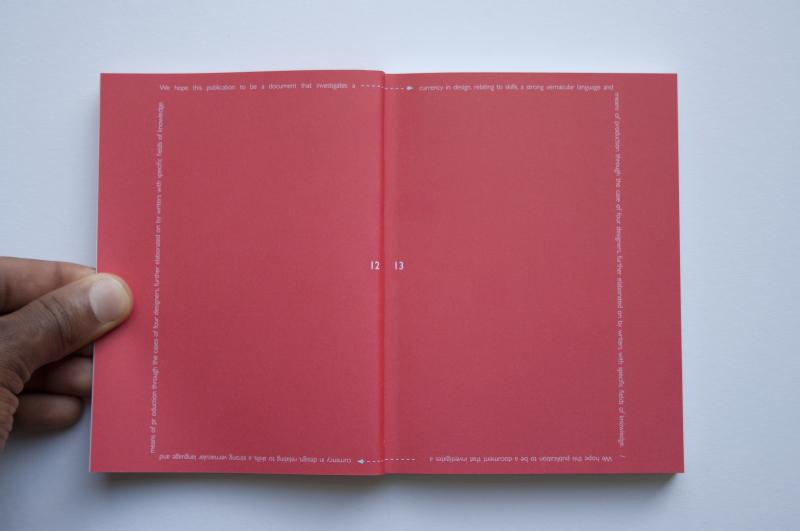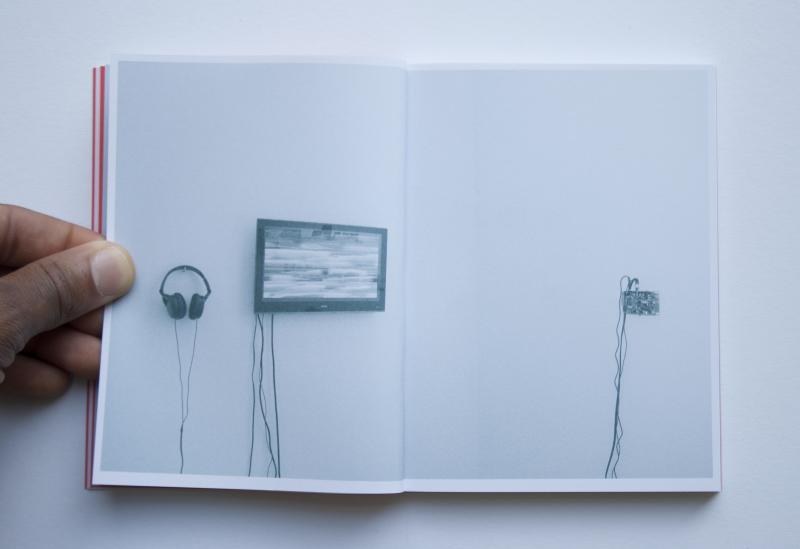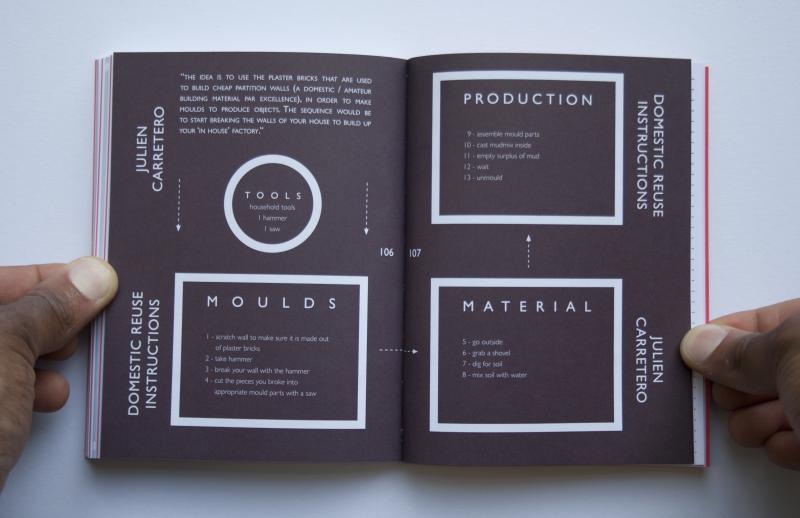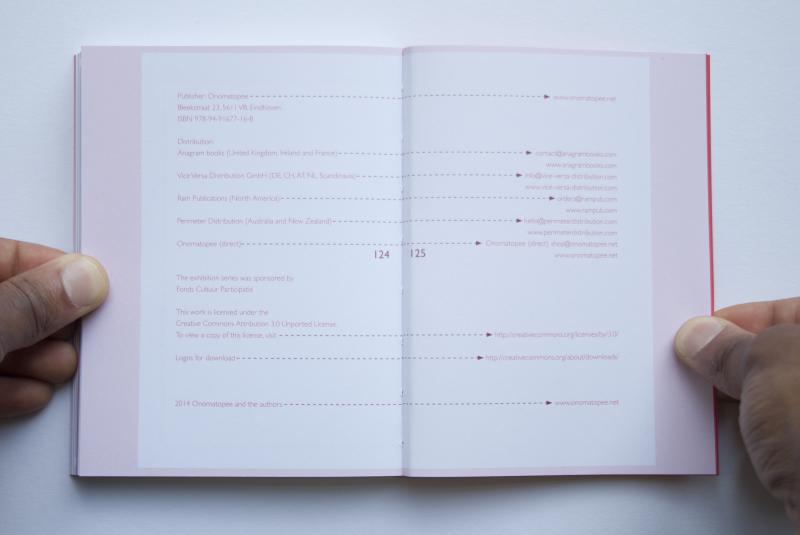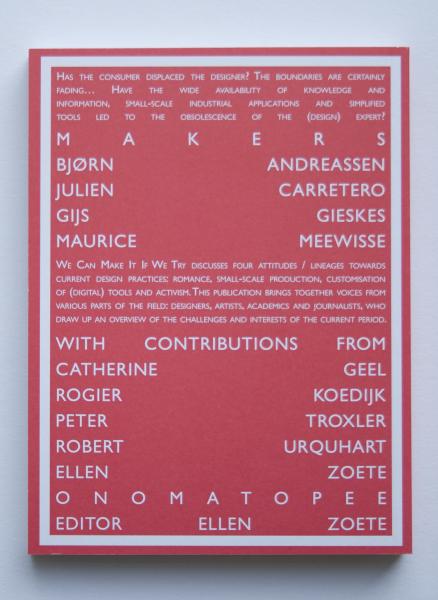With: Maurice Meewisse (June - July 2012), Julien Carretero (Dutch Design Week 2012), Gijs Gieskes, (November - December 2012) and Bjorn Andreassen (January - February 2013).
Has the consumer displaced the designer, or is the idea of ’open design’ just an illusion? Has the wide availability of knowledge and information, small-scale industrial applications, simplified tools and computer applications led to the obsolescence of the (design) expert? Who then is the designer: the amateur or the expert? The boundaries are certainly fading – so what makes these particular designers distinctive and to what could that be attributed?
According to activist and ex-Silicon Valley IT specialist Andrew Keen, ’Today’s audience isn’t listening at all, it’s participating’. He already noted signs of decay in the relationship between the expert and the amateur years ago. If anybody indeed could be a designer, this would entail a significant transformation in the profession: in the fifties of the last century the designer was a sign of good taste, from the nineties to the start of the millennium the ‘star-designer’ flourished. Now the designer has been degraded to a functional mediator between system and consumer in favour of the system – his client.
This should result in, or at least suggest, the idea that design democratizes (as does expertise in general). The consumer-amateur appears to take the lead, and as such, the individual – as consumer and producer – will be responsible for the success and appearance of our society. Looking at it positively, we could say that the people are becoming emancipated, that the private sector has finally incorporated a democratic decision-making model, but on the downside we could wonder if this isn’t occurring at the expense of quality – most crowd-sourcing experiments fail to elicit results owing to a lack of framework and leadership. To what degree does this responsibility contribute to a ‘true’ design, capable of recognizing the complexity of these questions?
We Can Make It If We Try wants to discuss role as designers. Four designers present production possibilities and tools that demand our input. The effectiveness of these structures, what we can do with them, that is up to you…


